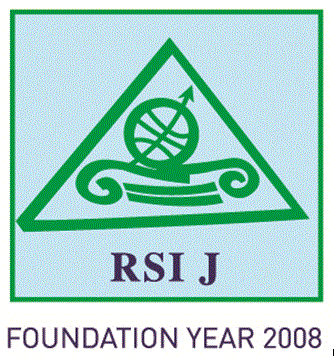Evgenia ANASTASIOU
Postdoctoral Researcher, University of Thessaly
evanastasiou@uth.gr
Abstract
The last decade economic developments affected to a large extend the demographic structure of Greece. The period 2001-2011 is characterized by a net slowdown of the intense urbanization trend, while in the context of crisis there have been identified counter-urban trends, revealing new attractiveness zones in the rural areas. These indications of mobility do not concern entirely the countryside as the newcomers settle only in specific rural spatial units. At the same time these areas have specific features that facilitate the establishment of a new population, such as population dynamics, tourism development, agricultural activity, services and structures, reduction of geographical isolation, low cost of living and habitation. The future of internal migration in Greece heavily depends on existing trends as well as future economic, social and political developments. Though, the lack of official data for the period after 2011 constrains our understanding for the development of internal migration and particularly counter-urban trends in Greece. The present paper raises the issue of the prospects of the establishment of the Greek population in the countryside, taking into account the pull factors of rural areas. Through Foresight and Strategic Thinking Methods, a longer-term framework is being developed to reflect the potential strategic choices of the internal migrants. This approach is based on a mainly qualitative analysis, scenario planning, in order to present the prerequisites for the further development of such a type of mobility.
Keywords: foresight, scenario planning, internal migration, population, countryside
JEL classification: J1, J6, J11, R23
